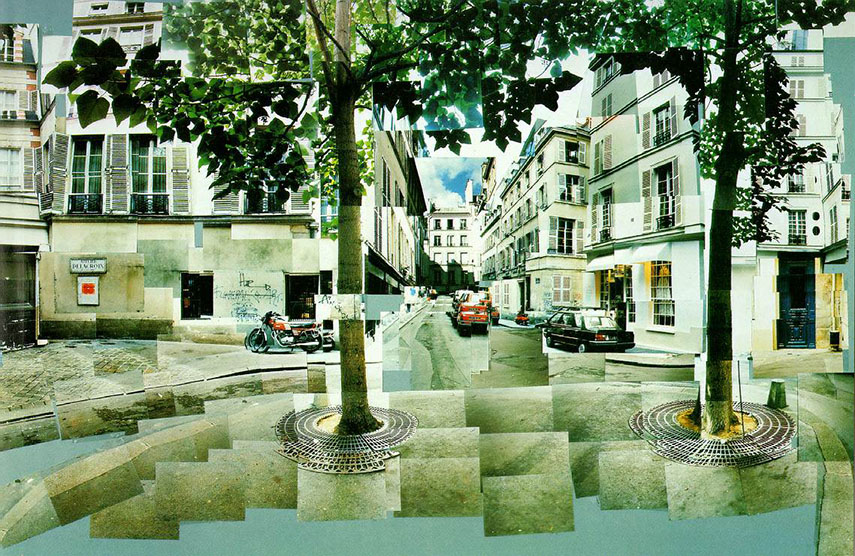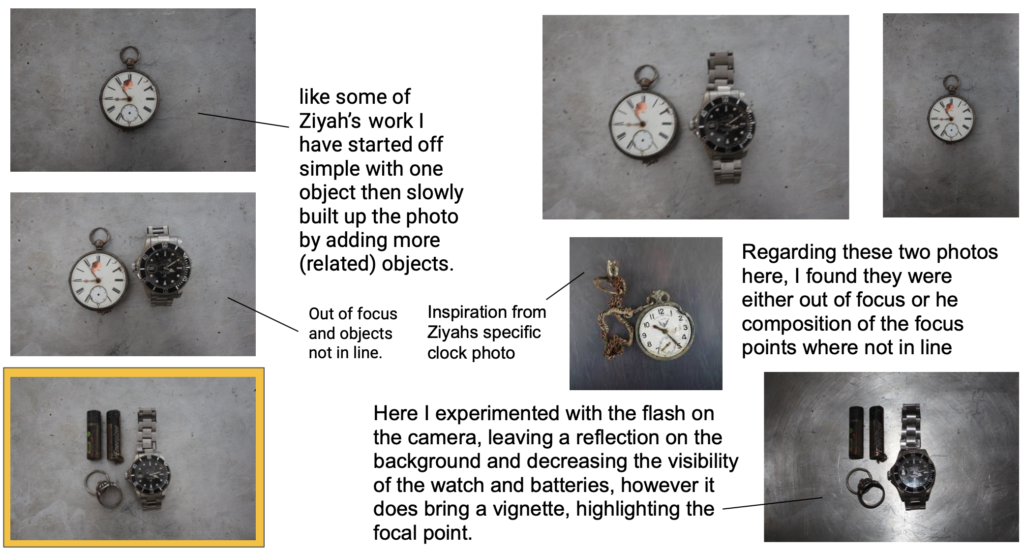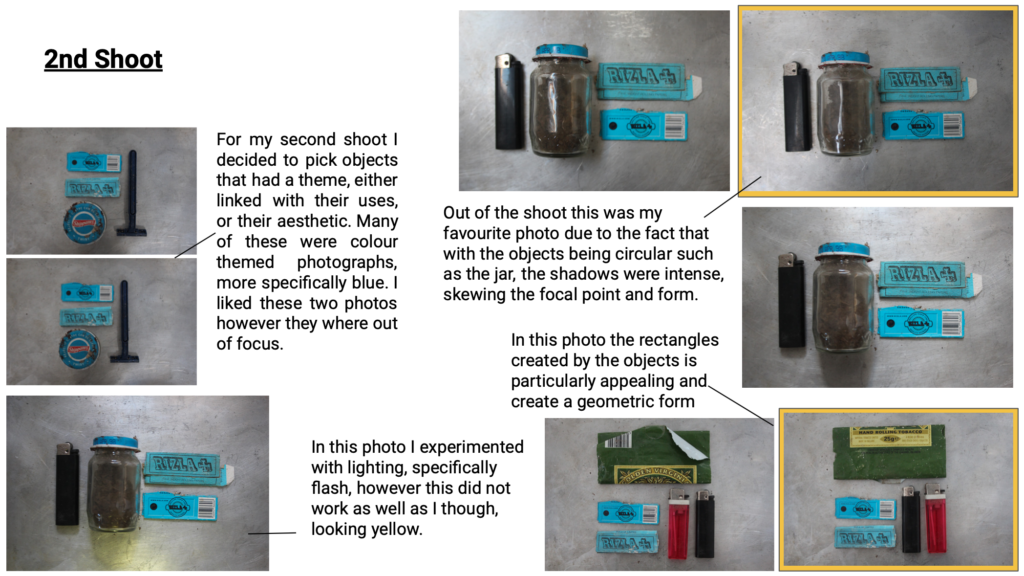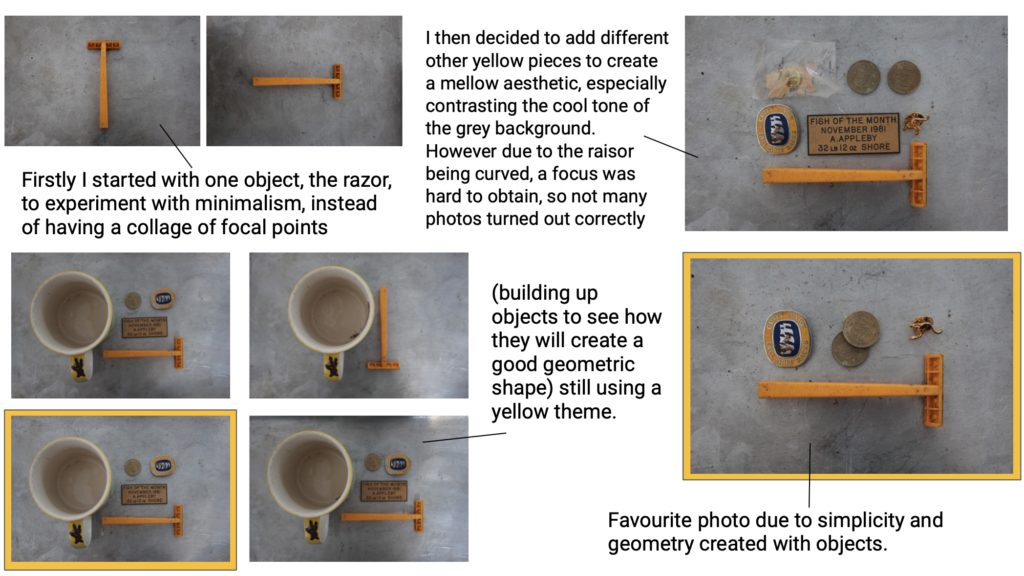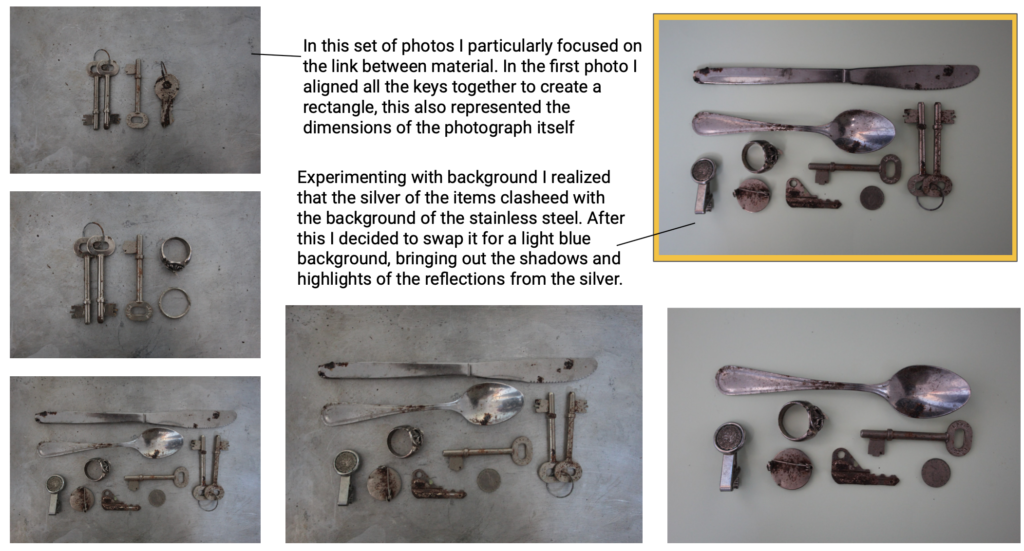CONTEXT:
New York based freelance photographer and portraitist Arnold Newman is recognized as a pioneer of environmental portraiture, changing the ways photographers viewed portraiture in the 20th and 21st century. One of his most famous pieces, often described as a defiant stand agains people in power. One of these people was German industrialist Alfred Krupp, who, along with his father build an empire through their support of the Nazi party. Newman was commissioned to photograph Krupp by Newsweek magazine, however the photos portray the man to look menacing and intimidating.
TECHNICAL:
Arnold Newman uses the sparse natural lighting of the train station to create a ‘gloomy’ atmosphere in this photo, since the lighting the the building is dim and irregular. The photographer also avoids the use of flash which means the foreground, being Krupp’s portrait, is not illuminated. However the subject is surrounded by neutral white light from the left and right, increasing shadows on the centre of the mans face in a symmetrical manor. There is a shallow depth of field in the photo as the the focal point id the portrait in the foreground. you can also see there is not much grain visible, but Newman clearly uses a high contrast in the image, to imitate a sinister look of Krupp
VISUAL:
The colour, tone and white balance are very important in this photo in order to create an ‘evil’ look to the man in the foreground. By including a green tint to the shadows of the image, Newman manages to aid the theory of colour composition in the photograph. By having lighter whites, and contrasting warmer tones like oranges such as ones on the Mans face, bring out a focal point. These warm tones contrasting the darker green shadows lead the viewer’s eyes and draw attention to certain parts of the photo. One of the most important features is the use of line and shape. Newman incorporates symmetry and vertical lines to suggest the feeling of power, concrete pillars either side of Krupp. In this composition, the two halves of the image are almost mirror images of each other which creates a sense of harmony and aesthetic balance, however this is ironic since the foreground( portrait of Krupp) represents corruption and chaos.
CONCEPTUAL
Arnold Newman is a political photographer and was extremely clever in the positioning of Krupp in order to express a very strong image of him, and expose to the viewer the kind of person Krupp was. he specifically does this through the mans posture, with his hands under his chin and body leaning forward which suggests authority. The fact that the photographer is Jewish would also give motive to photograph this corrupt Nazi supporter in this way, and show what he personally sees through his own eyes through the camera itself.





